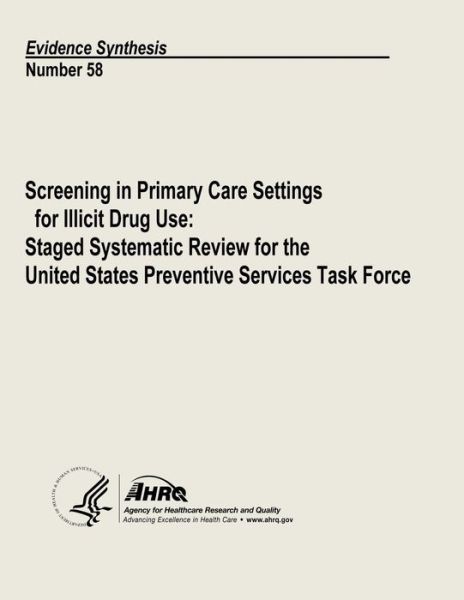
Tell your friends about this item:
Screening for Postmenopausal Osteoporosis: Systematic Evidence Review Number 17
U S Department of Heal Human Services
Screening for Postmenopausal Osteoporosis: Systematic Evidence Review Number 17
U S Department of Heal Human Services
Publisher Marketing: Half of all postmenopausal women will have an osteoporosis-related fracture during their lives, including one-quarter who will develop a vertebral deformity, and 15% who will suffer a hip fracture. As early as 1975, it was acknowledged that bone density measurements were related to future fracture risk. In the 1990s, the magnitude of this risk in relation to age and bone density was carefully measured in several well-designed longitudinal studies. Recently, data indicating that newer therapies can prevent fractures in asymptomatic postmenopausal women with osteoporosis have become available as well. Despite the high prevalence of osteoporosis and the impact of fractures on mortality, independence, and quality of life, whether it is appropriate to screen asymptomatic postmenopausal women is unclear. Recent systematic reviews and guidelines disagree about which women should be screened and when. This disagreement reflects, in part, gaps in the evidence. For example, most guidelines recommend using risk factors to select patients for bone density testing, but because of inadequate data there is no consensus on what risk factors to use. As part of the U. S. Preventive Services Task Force update of its recommendations, we examined evidence on the benefits and harms of screening asymptomatic postmenopausal women for osteoporosis. Specifically, we addressed the role of risk factors in identifying high risk women, techniques of bone measurements to identify risk of fractures, effectiveness of treatment in reducing risk for fractures, and harms of screening and treatment. The analytic framework depicts a screening strategy that includes an assessment of clinical risk factors, then measurement of bone density on a high-risk group. We addressed these key questions for the target population of asymptomatic postmenopausal women: 1: Does screening using risk factor assessment and/or bone density testing reduce fractures? 2: Does risk factor assessment accurately identify women who may benefit from bone density testing? 3: Do bone density measurements accurately identify women who may benefit from treatment? 4: What are the harms of screening? 5: Does treatment reduce the risk of fractures in women identified by screening? 6: What are the harms of treatment?
| Media | Books Paperback Book (Book with soft cover and glued back) |
| Released | June 22, 2013 |
| ISBN13 | 9781490510552 |
| Publishers | Createspace |
| Pages | 102 |
| Dimensions | 216 × 279 × 5 mm · 258 g |

































